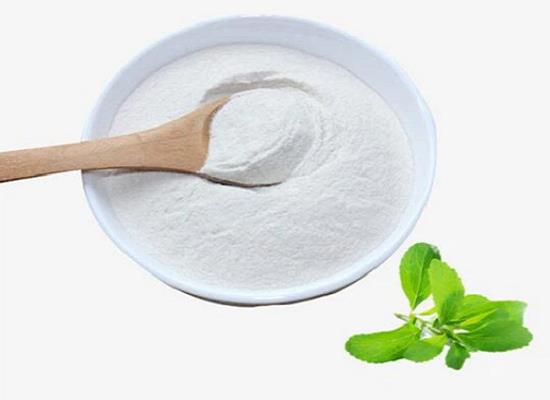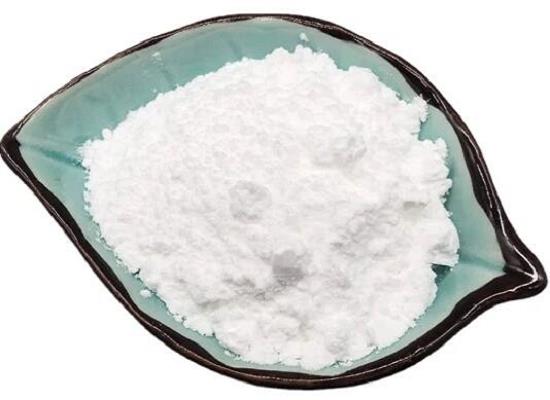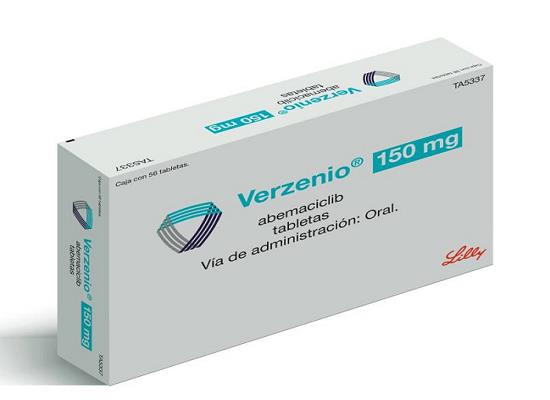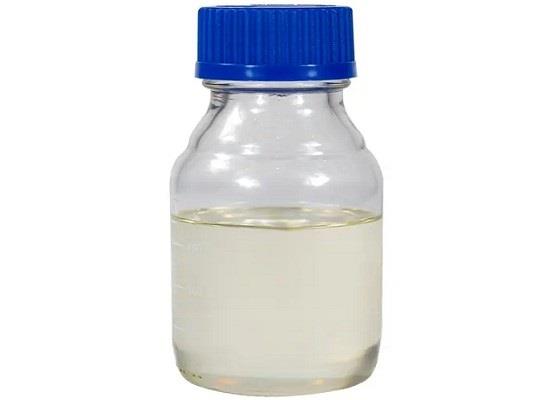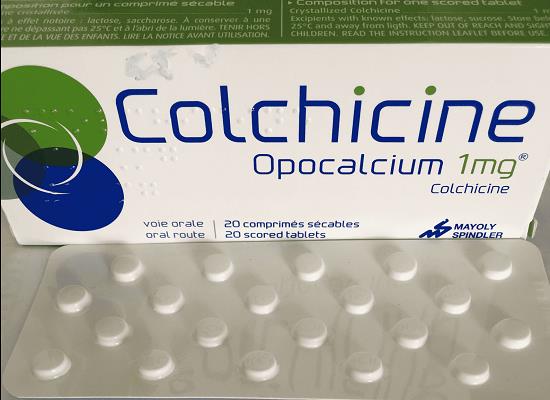Active Pharmaceutical Ingredients (API), popularly speaking, are the raw materials of medicines, only pharmaceutical raw materials are processed into pharmaceutical preparations , can they become medicines available for clinical use, so drugs we usually eat are the finished drugs through processing. Active Pharmaceutical Ingredients based on its sources can be divided into two major categories ,including chemical synthetic drugs and natural chemical drugs. Chemical synthetic drugs can be divided into organic synthetic drugs and inorganic synthetic drugs. Inorganic synthetic drugs are inorganic compounds ( very few is element), such as aluminum hydroxide, magnesium trisilicate which are used for the treatment of gastric and duodenal ulcers ; organic synthetic drugs are mainly composed of drugs made by basic organic chemical raw materials, through a series of organic chemical reactions (such as aspirin, chloramphenicol, caffeine, etc.). Natural chemical drugs ,based on its sources,can be divided into two categories including biochemical drugs and plant chemical drugs. Antibiotics are generally made by the microbial fermentation, which belongs to the biochemistry category. A variety of semi-synthetic antibiotics occurs in recent years,which are biosynthesis and chemical synthesis combining products.Among active Pharmaceutical Ingredients, the organic synthetic drugs varieties, yields and values have the largest proportion,which are the main pillars of the chemical and pharmaceutical industries. The quality of active Pharmaceutical Ingredients decides whether the formulation is good or bad , so its quality standards are very strict ,countries in the world have developed national pharmacopoeia standards and strict quality control methods for its widely used active Pharmaceutical ingredients.
Tetramethylbenzidine: properties and applications
Tetramethylbenzidine is a versatile compound used for color development and detection in various laboratory applications.
Jul 27,2023 APIStevioside: biosynthesis, metabolism and safety
Stevioside is synthesized via the MEP pathway. Gut bacteria metabolize stevioside into steviol in animals. Steviol absorption varies across species, with low toxicity potential.
Jul 26,2023 API5-(4-phenoxyphenyl)-7H-pyrrolo[2,3-d]pyriMidin-4-ylaMine: quantification, mechanism of action and applications
5-(4-phenoxyphenyl)-7H-pyrrolo[2,3-d]pyriMidin-4-ylaMine is an impurity in Ibrutinib and is a BTK inhibitor used for malignant B-cell diseases like CLL and lymphoma.
Jul 26,2023 APIProcaine hydrochloride: mechanism of action, clinical applications and side effect
Procaine hydrochloride, a local anesthetic, can inhibit nerve impulse transmission and modulate sodium channels. Used in surgery, dermatology, diagnostics, cardiovascular procedures.
Jul 25,2023 APIp-Anisic acid: metabolism and activities
p-Anisic acid inhibits tyrosinase, modulates insulin secretion, and possesses antihemorrhagic properties. It is used to treat bleeding disorders and has potential for further research.
Jul 25,2023 APIAbemaciclib: pharmacology, pharmacokinetics and mechanism of action
Abemaciclib inhibits CDK4/6, blocks cell cycle progression, induces senescence and apoptosis in cancer cells.
Jul 24,2023 APIIsotretinoin: mechanism of action and clinical applications
Isotretinoin effectively treats skin diseases by reducing inflammation, regulating cell growth, and inhibiting bacteria. It is commonly used for severe acne and other conditions.
Jul 24,2023 APICaffeic acid: pharmacokinetics and clinical applications
Caffeic acid, a natural polyphenol, has health benefits including antioxidant effects, potential cancer prevention, diabetes management, and weight loss promotion.
Jul 24,2023 APIExploring the applications and toxicology of tolylene-2,4-diisocyanate
Tolylene-2,4-diisocyanate used in gelatin membranes, potentiometric sensors, superhydrophobic coatings, but highly toxic and requires careful handling.
Jul 24,2023 APIColchicine: mechanism of action, activities and side effects
Colchicine binds to tubulins, disrupting microtubule assembly. It has anti-inflammatory, anti-fibrotic, and cardiovascular protective effects but can cause various side effects.
Jul 24,2023 API




